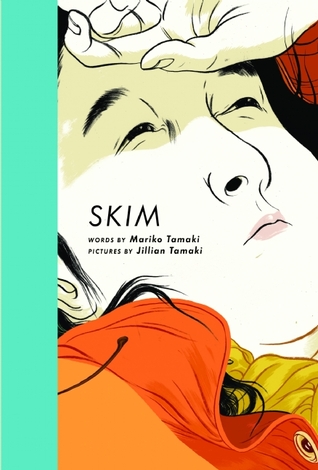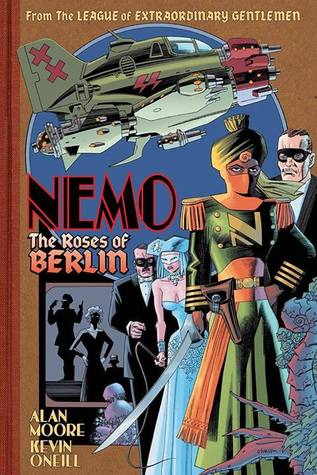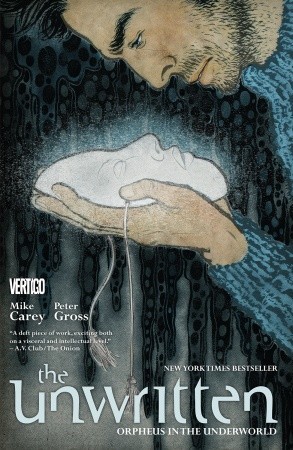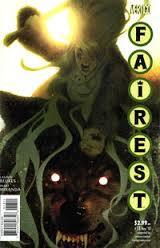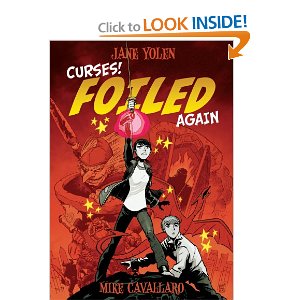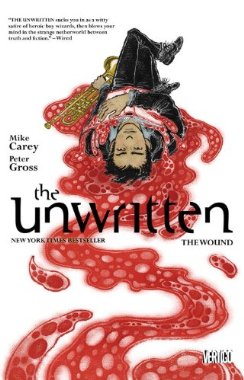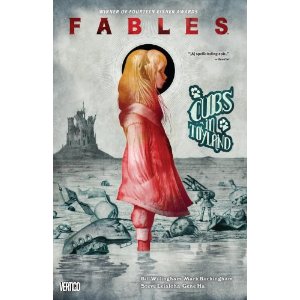
I thought Building Stories by Chris Ware was going to be one of the books I skipped in this year’s Tournament of Books. I don’t care for Ware’s precise and ultra-iconic art style, and no matter how many times I tried to read Jimmy Corrigan, I couldn’t get into it. Ware seemed like one of those chilly, distant writers who disdain their subjects. Also, it costs $50 retail. It comes shrink wrapped, and so couldn’t be tried before the buy. When I did finally ask about it at my comic shop, they were out of stock and it was between printings. But then trusted friends like Amy and Kate said it was worthwhile, and I was in a socialist bookstore where they had it back in stock, so I took the leap.
There are 14 elements in the box, in book, strip, newspaper, and other forms. The main character is perhaps a young woman, since most of the stories center on her and her life from childhood to old age. But the conceit is that the brownstone building she lives in as a young woman tells some of the stories, so we also see into the lives of others in the building, and even into some of the local bees. It’s clever and engaging, and its also spookily insightful at times, with the main character sometimes saying things that are true but so ugly that most don’t even write them into journals. There were complex interesting women in this story and their lives were treated with compassion and respect. So while Ware’s style is chilly and distant, his storytelling was not.
Many of the commenters at the ToB advised against ending with the Bee book (NB not the Bee newspaper, but the book; they’re different.) That was good advice. I read it early, and found it amusing. Some readers speculated that there is an advised order of reading printed on the back of the box. I don’t think this is so–there’s a diagram showing where such items appear in the brownstone, but no order, which I think is the point. You can peek into and slip out of these lives, the stories go back and forward in time, there’s no exact beginning and end.
I would have preferred if the contents of the stories would have match the form of the object–like one of the old woman’s letters, the journal of the young woman, a children’s book that told the bee story. As it was, with its seemingly random pairing of story and object, this felt more to me like a “look at me, look at me, look at me now!” trick. And it IS worth looking at, and spending time with. But I was fatigued as I approached the end, and was glad to be done with it. My eyes were burning and tired from the tiny type, even though I have bifocals AND used a magnifying glass. (which would have been a useful addition to the box.) The $50 price tag is steep for a book, though perhaps just a fraction of what such an art object is worth. It does smack of white elitism to me. One of the judges enraged the commenters by belittling the work, but I did like this:
its elaborate packaging allows the thing to double as an oversized merit badge of taste and sensitivity to be displayed on the coffee tables of the McSweeney’s set.
Worthwhile, and I own it, so anyone who wants to borrow it can.


